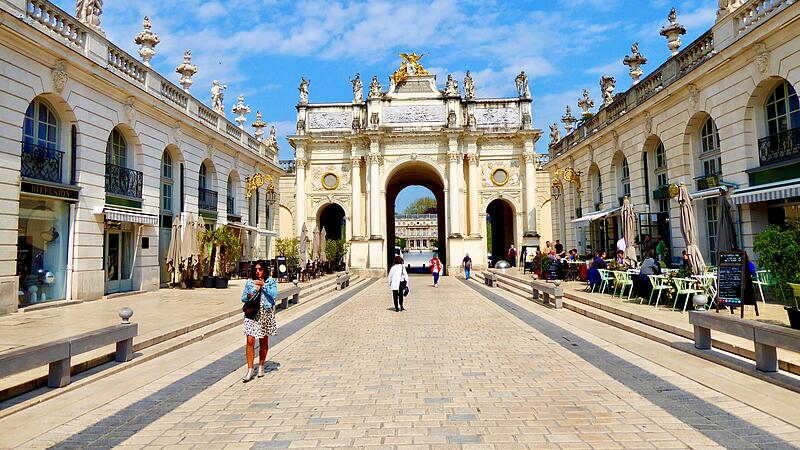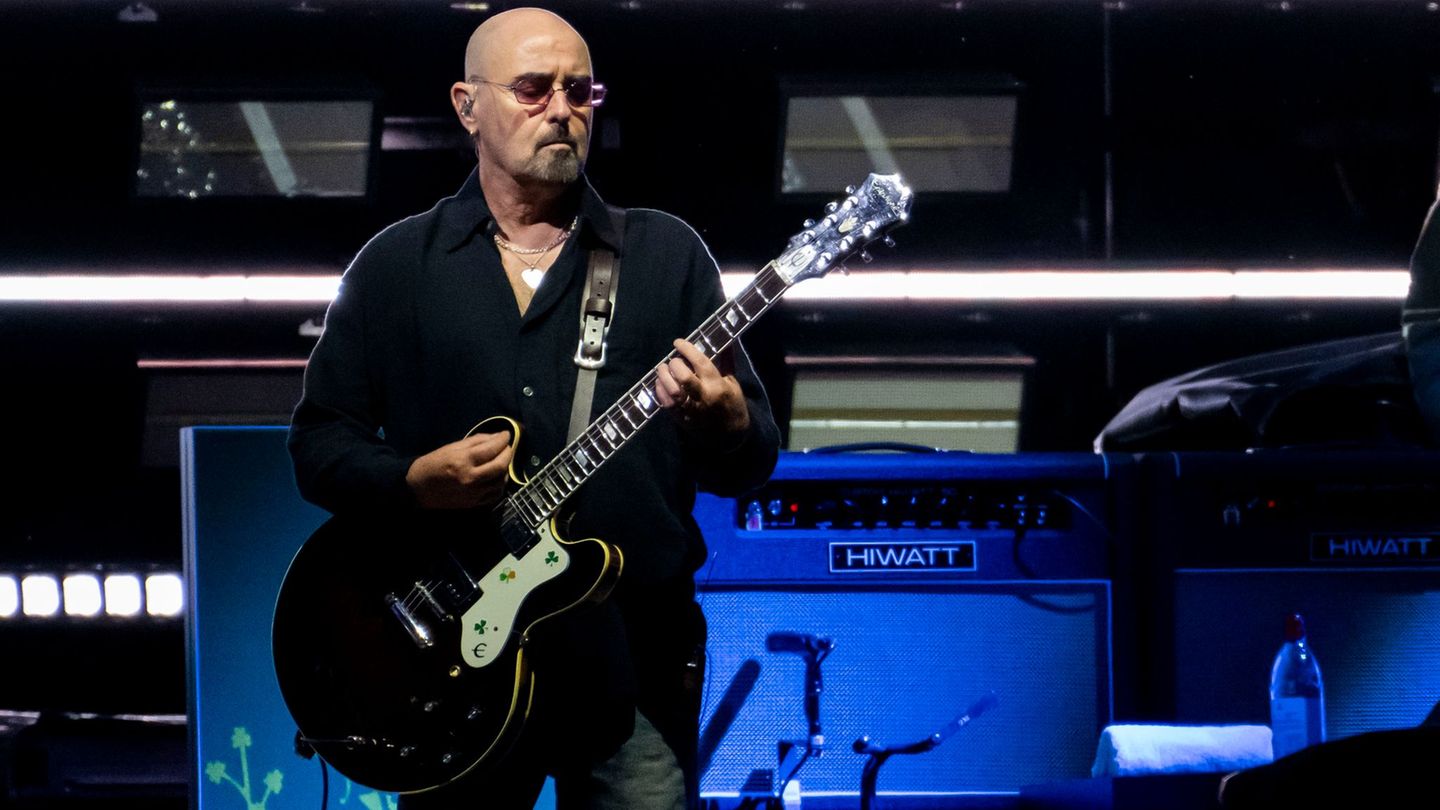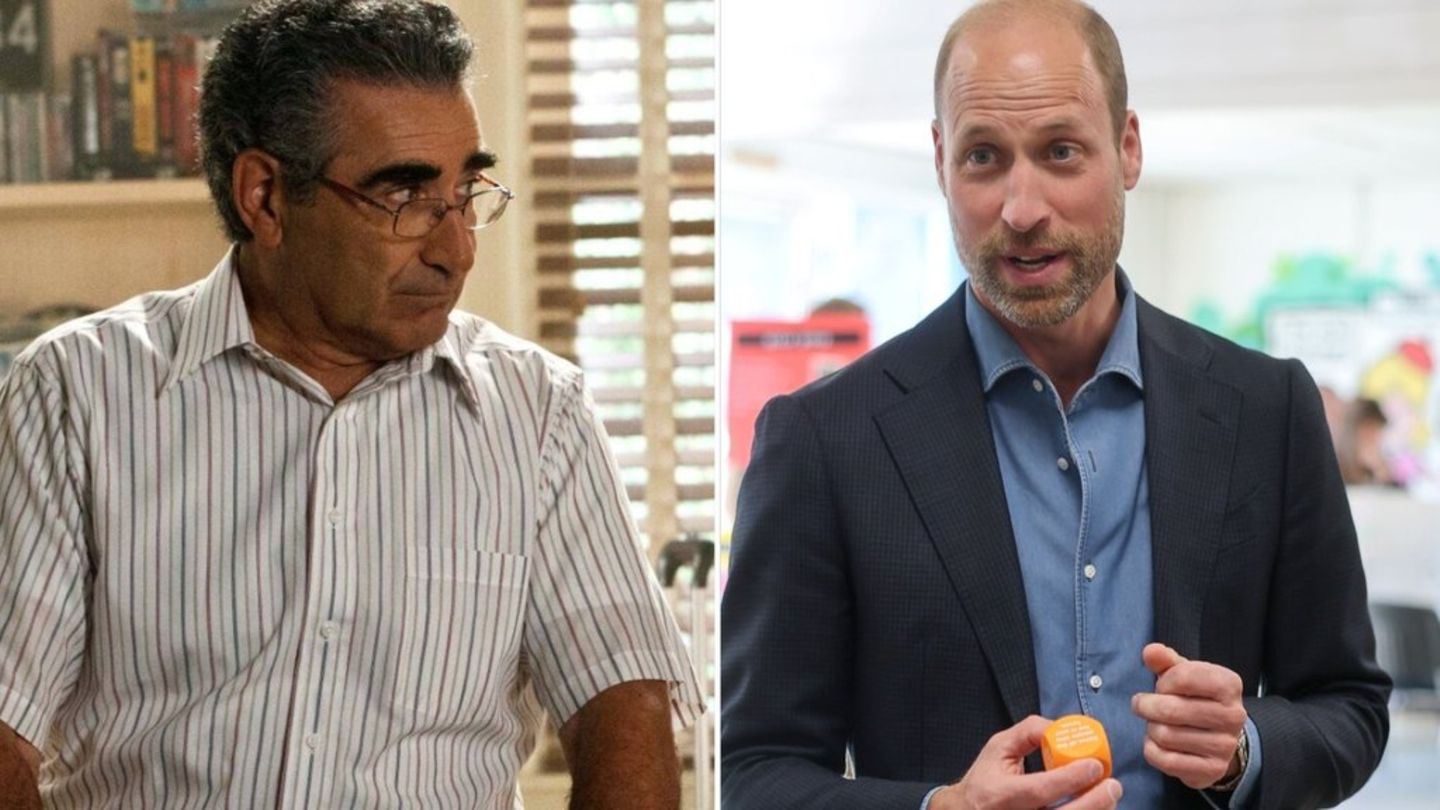Finally France! In Nancy Place Stanislas awaits in Lorraine, just under four hours’ drive from Schwäbisch Hall and a few euros less on the motorway toll. It was already a UNESCO World Heritage Site in 1983. Stanislas was King of Poland and father-in-law of Louis XV. The square is Renaissance, car-free and French-gorgeous. People are happy to pay the “tourist” surcharge in one of the cafés and breathe in history. Please do not sit for too long.
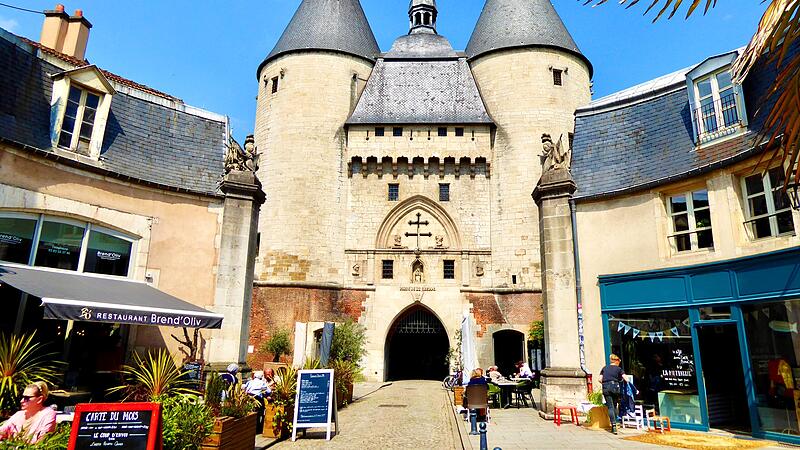

The Musée des Beaux-Arts on Place Stanislas offers a collection of the Art Nouveau glass manufacturer Jean Daum in the basement. Even connoisseurs of the Belle Époque are surprised. This is also the case in the Musée de l’École de Nancy just outside (36-38, Rue du Sergent Blandan), where furniture is blooming and glass is beginning to bloom. A few hundred meters away is the Villa Majorelle (2, Rue Louis Majorelle), where even gutters grow leaves. Next stop after 250 kilometers: troyes, an underestimated town at the southern tip of Champagne with 60,000 inhabitants. Although the area seems a bit run down economically (as shown by the half-abandoned villages lacking any infrastructure), nowhere else is there a city center that is as purely medieval as in Troyes.
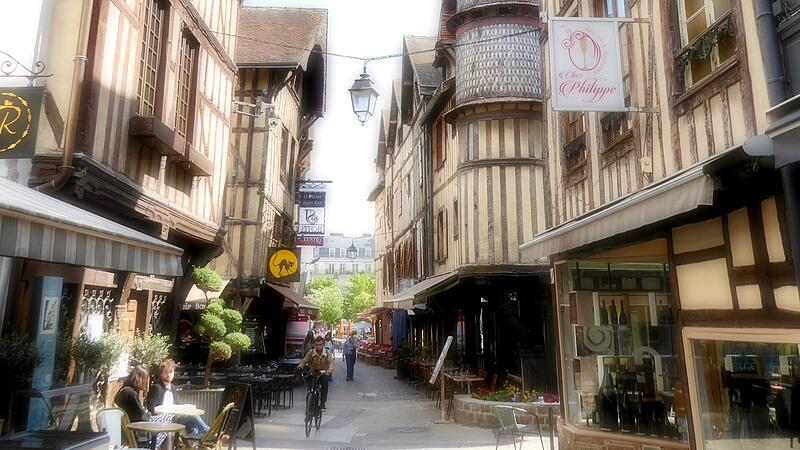

One half-timbered house is lined up next to the other, and they look different than in Rothenburg ob der Tauber, the over-renovated “St. Wolfgang” of Germany. In Troyes, the houses nestle high, narrow and crooked together and still have the protruding wooden roof ridges. It doesn’t have to be the Ruelle des Chats, that super-narrow alley that’s touted as a must-see in tourist guides. There, mainly the nesting pigeons have fun, whose dirt the tourists carry on. Stroll through the Rue Champeaux and let yourself be carried into the side streets. Don’t forget to come back because on Rue Champeaux “Chez Philippe” has 20 champagne by the glass (coupe de champagne).
You can buy cheap champagne to take home in the village of Montgueux near Troyes. Don’t expect friendliness here. During the lunch break, from 12:00 p.m. to 2:00 p.m., you are completely unwelcome. But there is a lot of taste at a low price (from 13.95 a bottle) – and all this in the classic champagne wine varieties Chardonnay, Pinot noir and Pinot meunier.
Next stop Orleans (210 km), the gateway to the Loire Valley: The French are proud that Joan of Arc, France’s pillar saint, defeated the English here on May 8, 1429. In 1920 Joan was canonized. Perhaps this was intended to make up for the fact that Joan of Arc was burned at the stake two years after the rescue of France. Three Orleans tips: Saturday is the market on the Loire at Quai Fort Rilleaume. On the Place Martroi, the Café Studio 16 is a great place to sit. Stop by the Sainte-Croix Cathedral after 10pm. It is illuminated in summer.
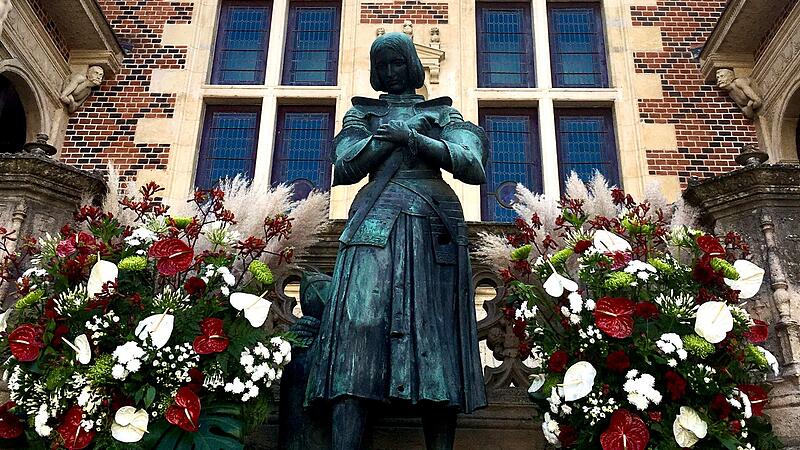

Loire Valley: Palace, fortress or castle? It doesn’t matter, because on the banks of the Loire and the Cher and Indre rivers, everything sometimes happens at the same time. More than 100 castles are lined up here like pearls. They tell of the splendor of rulers, of excessive indulgence, of intrigues, of rivalry between queens and mistresses and of the French Revolution of 1789, which emptied many a castle with a heavy hand.
Chambord Castle: Superlatives, a UNESCO World Heritage Site and French national pride. But the immoderate Protz – built in 1519 in honor of King Franz I – is only number one in terms of size. It stands like a block in a park monster and pretends to be built in the Renaissance style. We know finer things. In addition, Chambord Castle is scaffolded because it is in need of renovation. An unsympathetic six euro fee is charged in the parking lots in addition to the entrance fee of 14.50 euros. Only Francis I, Henry II and Louis XIV thought Chambord was “beautiful”. At least the double spiral staircase commands respect, as does the stone ceiling with fire salamanders, the “heraldic animal” of Franz I.
Cheverny Castle worth visiting more. Privately owned by the Vibraye family, Cheverny not only boasts sumptuous interiors – which cannot be said of Chambord, where everything was auctioned off in the Revolution.


Chenonceau Castle tells a different story, and not just because the interior has been preserved. Madame Louise Dupin, a commoner and fifth owner, managed to stop the Revolutionary Guards from looting. Before Dupin, Diana of Poitiers, mistress of Henry II, was lord of the castle, followed by Catherine de Medici, who after the death of her husband threw the mistress out of the castle and lived there herself. Chenonceau has belonged to the Menier family of chocolate makers since 1913.
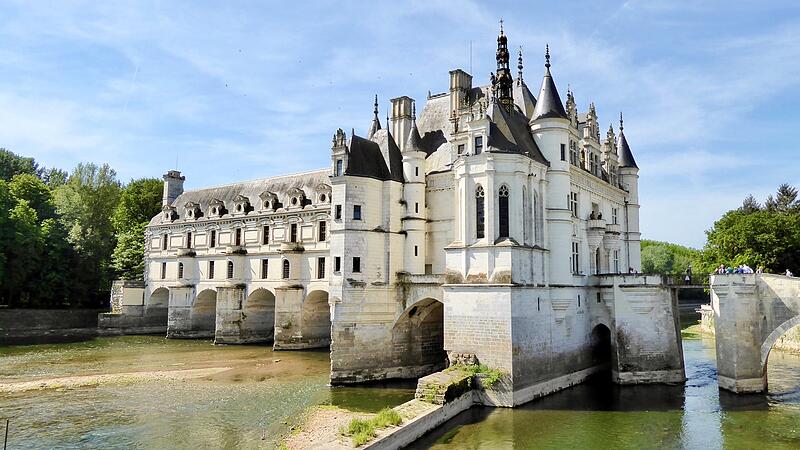

Usse Castle situated on the river Indre could pass for the Sleeping Beauty Castle. Nevertheless, the fairy tale course in the tower seems to have fallen out of time.
Fontevraud Abbey is not a castle, but is particularly interesting for Upper Austrians because of the grave of Richard the Lionheart.
Good news for visitors to the Loire Valley: Nothing is overcrowded this year and everything is open. The streams of tourists are still leaving.


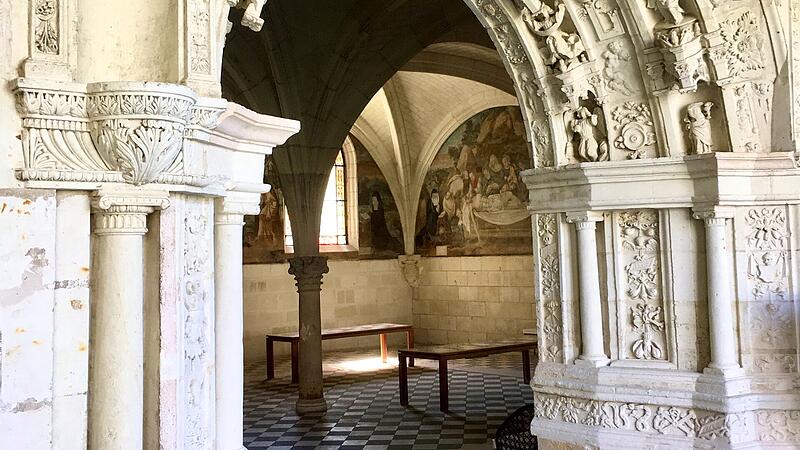

The perfect arrival
We are fans of slow arrivals. So the soul is always there and you have not reached the goal before it.
Regensburg: From pretty much anywhere in Upper Austria you can reach Regensburg in eastern Bavaria in four or five hours via the motorway either via Passau or the Munich bypass. Anyone who remembers Gloria von Thurn und Taxis’ punk hairstyle in her earlier wild years immediately has a different connection to the time-honoured castle, which is enthroned as a huge complex with a park in the heart of Regensburg. Attention, entrance fee, not a meager 16 euros, including the cloister of the former Benedictine Abbey of St. Emmeram, which belongs to the castle. Sparmeister can visit the monastery church next door for free.
Schwäbisch Hall: About a two-hour drive further and you are in Schwäbisch Hall, a charming little town in Baden-Württemberg with a trading and salt culture. Company boss Reinhold Würth (83,000 employees worldwide!) not only had his art gallery built there (he owns around 18,000 works of art), but also exhibits a Madonna by Hans Holbein in the Johanniterkirche, which he renovated, which he bought for around 50 million euros Has. Both free entry!
The perfect vehicle
First of all: Traveling to France with an electric car can be an adventure because of the variety of charging systems and their rare distribution. Unless you drive a Tesla. Because then you “fill up” with electricity on the motorways, with the perfect Tesla charging infrastructure there. But you miss the nice little side streets, which get prettier the more digits there are after the “D”.
A small combustion engine is tolerably environmentally friendly. If you drive 100 km/h on motorways (note: tolls in France), you are not only traveling a bit more sustainably, you are also turning your nose at “Monsieur Putin” (called “Pupu” in France) and the oil sheikhs. Note for diesel drivers: This fuel is called “Gazole” in France. Gasoline is called “carburant super” or “essence super”. And you should always have enough credit cards with you. Gas stations in France are usually unmanned. The machines often only work with the second credit card. Parking in the center of cities costs parking fee (machines do not change, apps have to be downloaded). Parking fees often increase exponentially. One hour can cost one euro and four hours 7.50 euros.
Errors and whoops
Hotel de Ville? Word has already gotten around among travelers to France that this means the town hall. But “hotel” can also mean a city palace, such as the Hôtel Groslot in Orleans.
Croissants: The puff pastry croissants, which are actually always produced industrially and are calorie bombs, are something like the staple food of exhausted tourists on seemingly endless cultural trails. In a boulangerie they can be bought all day long. But in a real French café, that ends at noon. Because then you eat “déjeuner”, i.e. lunch. Or you’re in a tourist trap…
“False friends”. In French, “faux amis” is a word that is very similar to a word in another language, but means something different. For example, “balade” means excursion and does not name a song. A “director” does not make films, but is simply an administrator. The “waist” is not the middle of the body, but the size of the clothes, and anyone who submits to a “regime” is simply on a diet.
Do you want to eat in France?, you never just sit down at a free table, even if you are the first guest in the restaurant. You linger at the entrance and let the staff assign you a seat. It doesn’t have to be accepted because sometimes it’s the worst table that others would reject.
Source: Nachrichten

